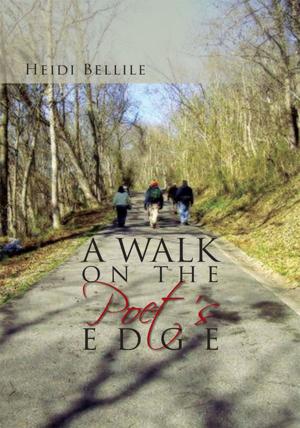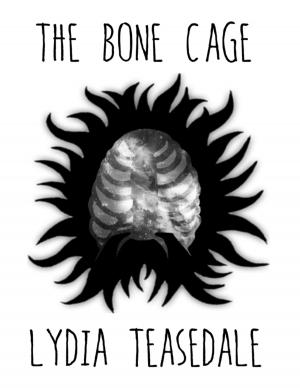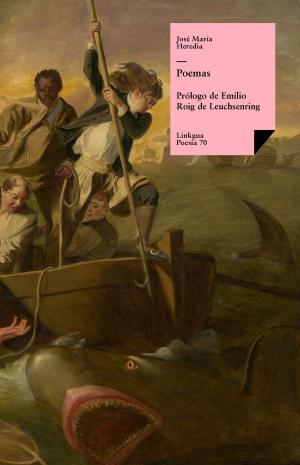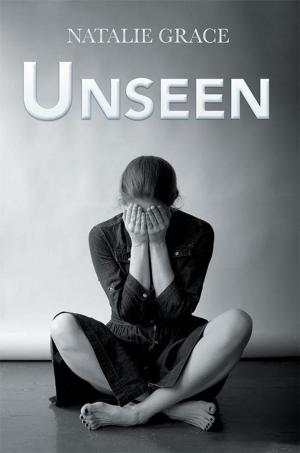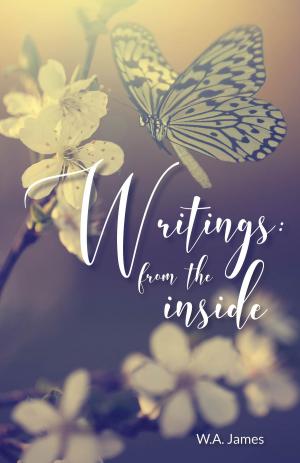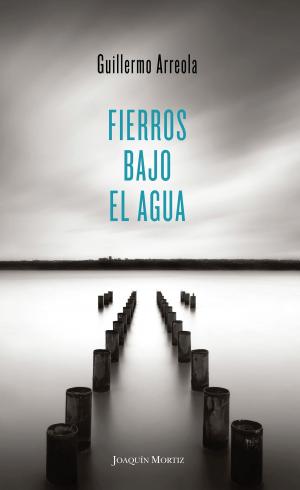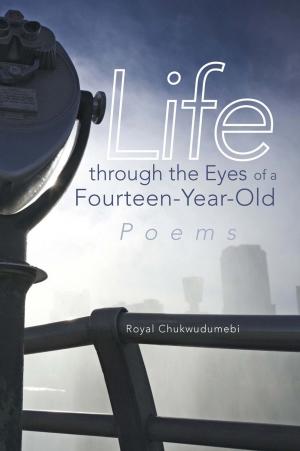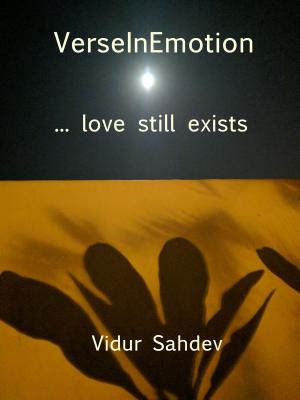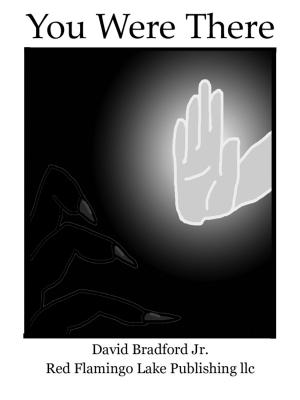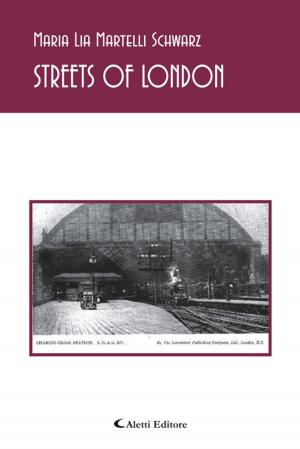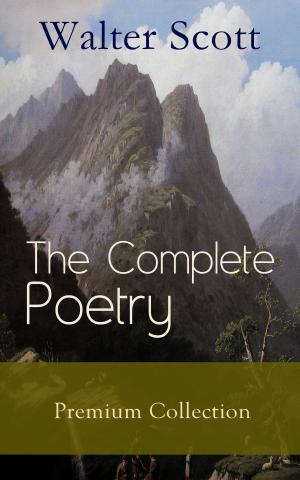| Author: | Laurie Soriano | ISBN: | 9781929878840 |
| Publisher: | Lummox Press | Publication: | September 15, 2011 |
| Imprint: | Language: | English |
| Author: | Laurie Soriano |
| ISBN: | 9781929878840 |
| Publisher: | Lummox Press |
| Publication: | September 15, 2011 |
| Imprint: | |
| Language: | English |
Catalina begins on America's east coast, where the "dense woods are full of secrets/full of children with their heads ducked against the weather." The book's first poems (in the "Coast" section) explore a gradual coming to awareness on that right coast. The book's second section ("To Coast") takes the long journey west to the Pacific, "through the great rippling heartland, a bridge between Oceans," with an accompanying focus on the mysteries and conflicts that vie for our attention as we lose the momentum of youth and settle in to our real lives. The third set of poems ("Being Here") celebrates the present moment, the self as a bridge between generations, as a conduit of the life force. The poems of the fourth and final section ("Looking Out") study the view out beyond the continent one has crossed; to what is next, the possibility of flight into other worlds beyond the rituals of everyday. There, out in the "endless churning ocean" is the next body of land, an island that is "where to go next, where not to go." The book's poems calmly open the doors to reveal magic and tragedy and make the case for looking out while staying put. These are poems of the restless American spirit--"We ache for shuttling further, for the oblivion of the new"-- and the peace that comes with the recognition that there is nowhere better to go. In the words of Cris Williamson, Singer/Songwriter - Laurie Soriano moves in a fearless way into the silence, and that is a vulnerable thing, in and of itself. There, all exposed, she listens for what will come. In that place, things can come, and things can go. In order to get more, you have to accept loss, so it’s risky business, this making of poetry. Yet, make it she does, diving down into the breathless deeps, climbing up on the high steel, risking everything in order to catch, then release, the gorgeous lines that fill up these pages. Made of individual moments, things close to her heart, her work speaks of the places where all life comes together. By holding up her reflective Self she catches these fleeting things, then turns the mirrored surface towards us, where, in the final measures, we see ourselves.
Catalina begins on America's east coast, where the "dense woods are full of secrets/full of children with their heads ducked against the weather." The book's first poems (in the "Coast" section) explore a gradual coming to awareness on that right coast. The book's second section ("To Coast") takes the long journey west to the Pacific, "through the great rippling heartland, a bridge between Oceans," with an accompanying focus on the mysteries and conflicts that vie for our attention as we lose the momentum of youth and settle in to our real lives. The third set of poems ("Being Here") celebrates the present moment, the self as a bridge between generations, as a conduit of the life force. The poems of the fourth and final section ("Looking Out") study the view out beyond the continent one has crossed; to what is next, the possibility of flight into other worlds beyond the rituals of everyday. There, out in the "endless churning ocean" is the next body of land, an island that is "where to go next, where not to go." The book's poems calmly open the doors to reveal magic and tragedy and make the case for looking out while staying put. These are poems of the restless American spirit--"We ache for shuttling further, for the oblivion of the new"-- and the peace that comes with the recognition that there is nowhere better to go. In the words of Cris Williamson, Singer/Songwriter - Laurie Soriano moves in a fearless way into the silence, and that is a vulnerable thing, in and of itself. There, all exposed, she listens for what will come. In that place, things can come, and things can go. In order to get more, you have to accept loss, so it’s risky business, this making of poetry. Yet, make it she does, diving down into the breathless deeps, climbing up on the high steel, risking everything in order to catch, then release, the gorgeous lines that fill up these pages. Made of individual moments, things close to her heart, her work speaks of the places where all life comes together. By holding up her reflective Self she catches these fleeting things, then turns the mirrored surface towards us, where, in the final measures, we see ourselves.

